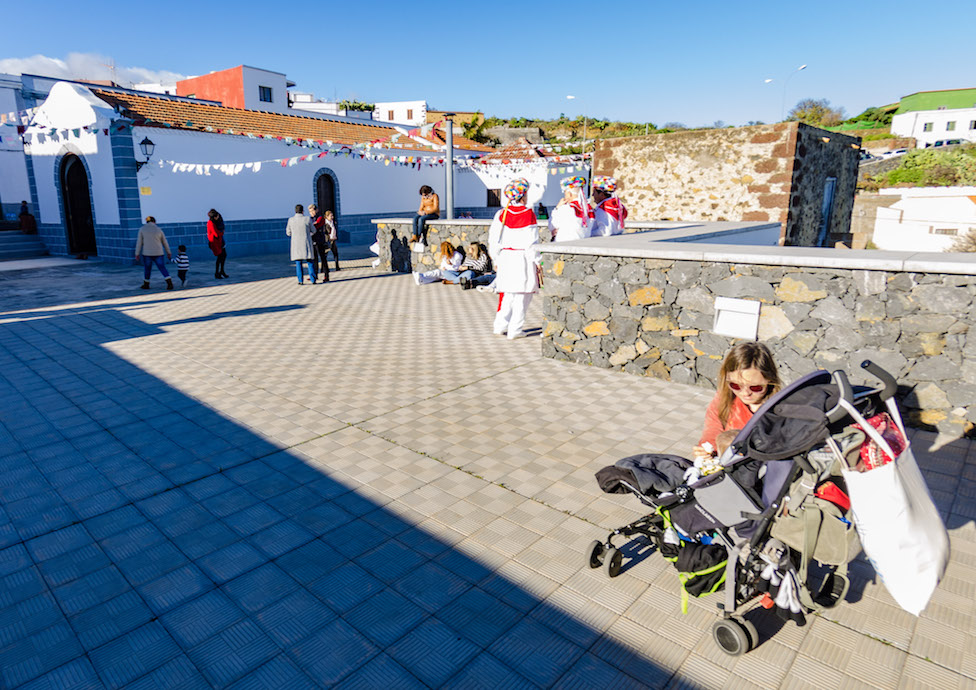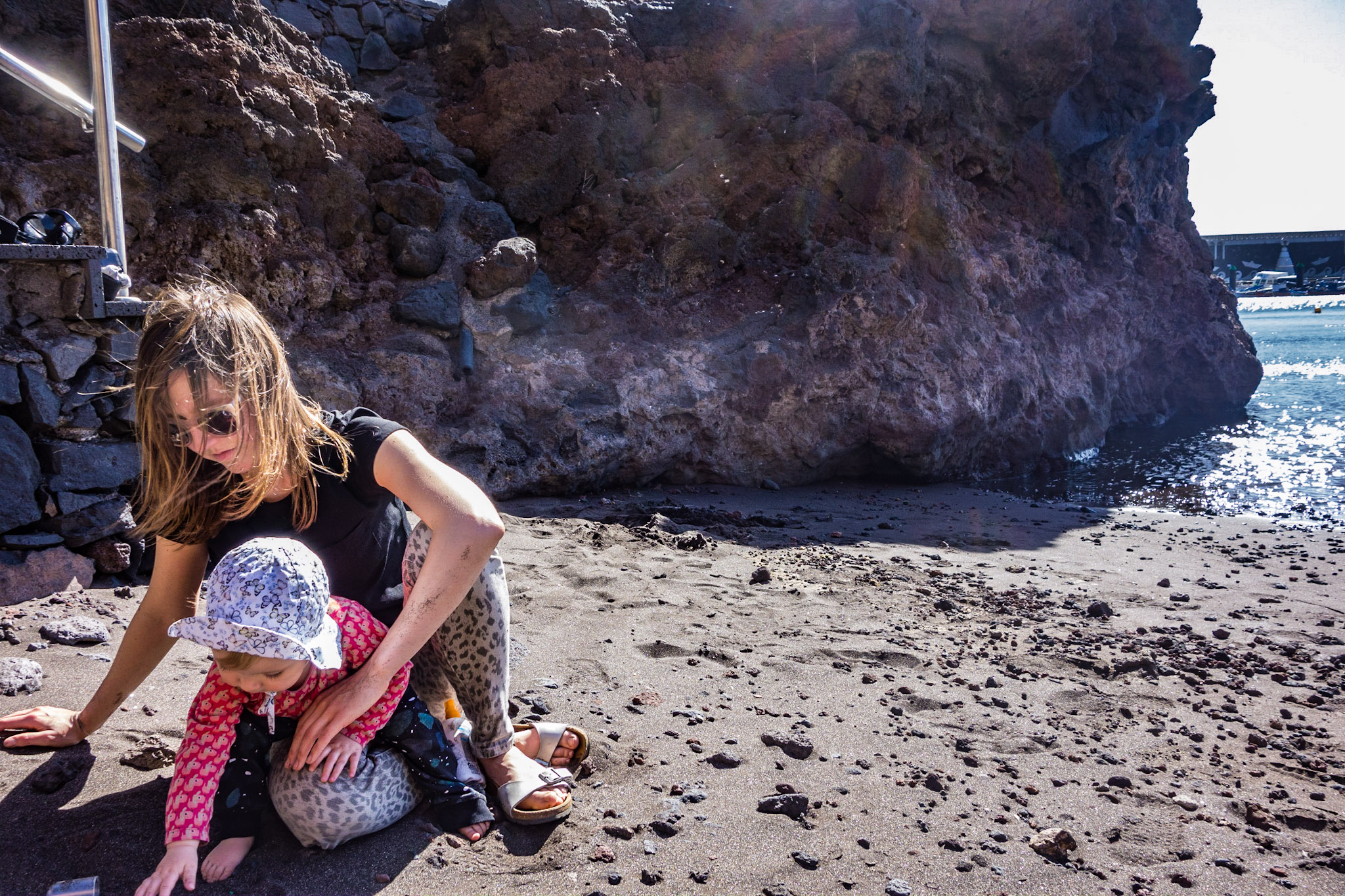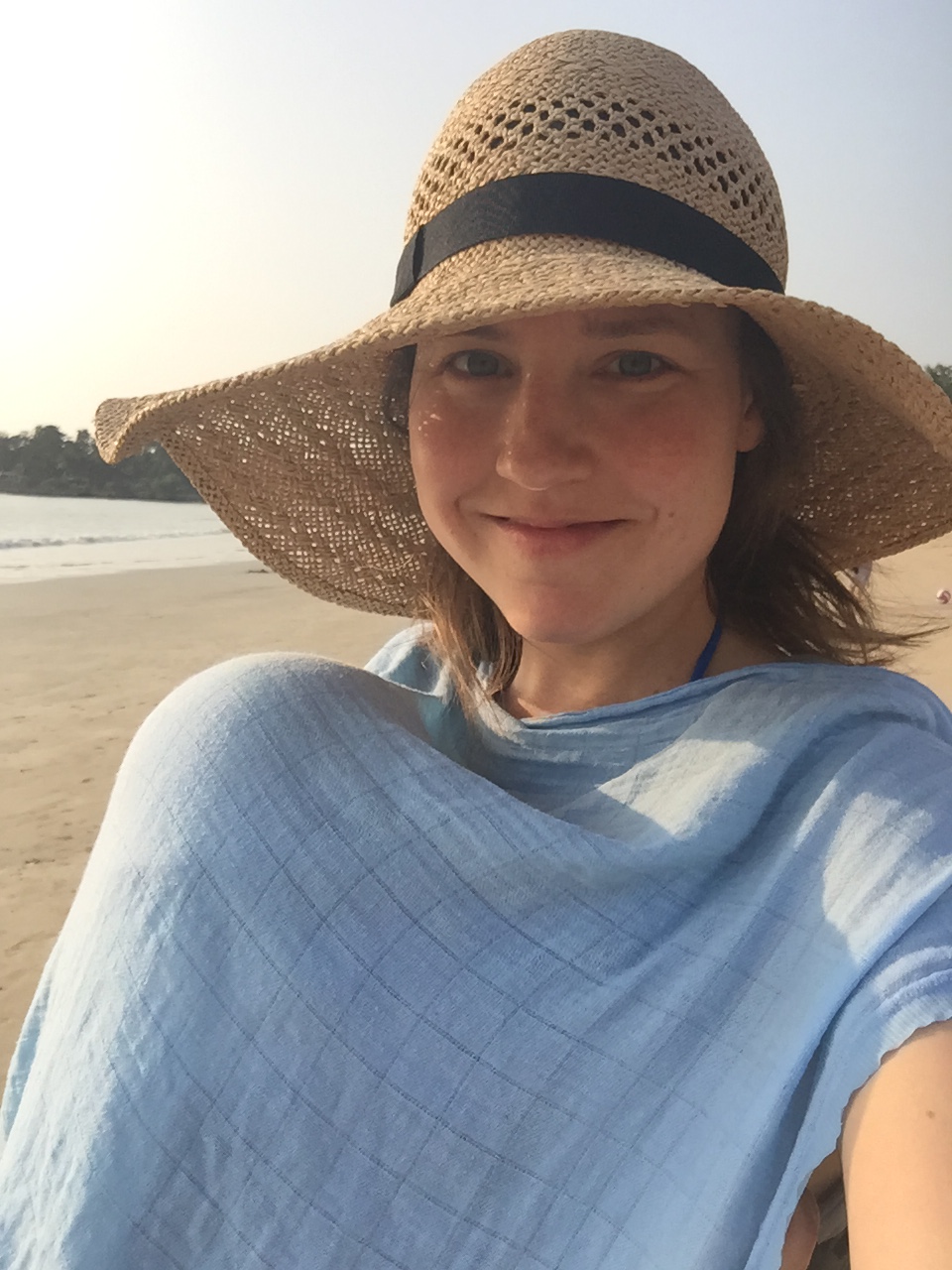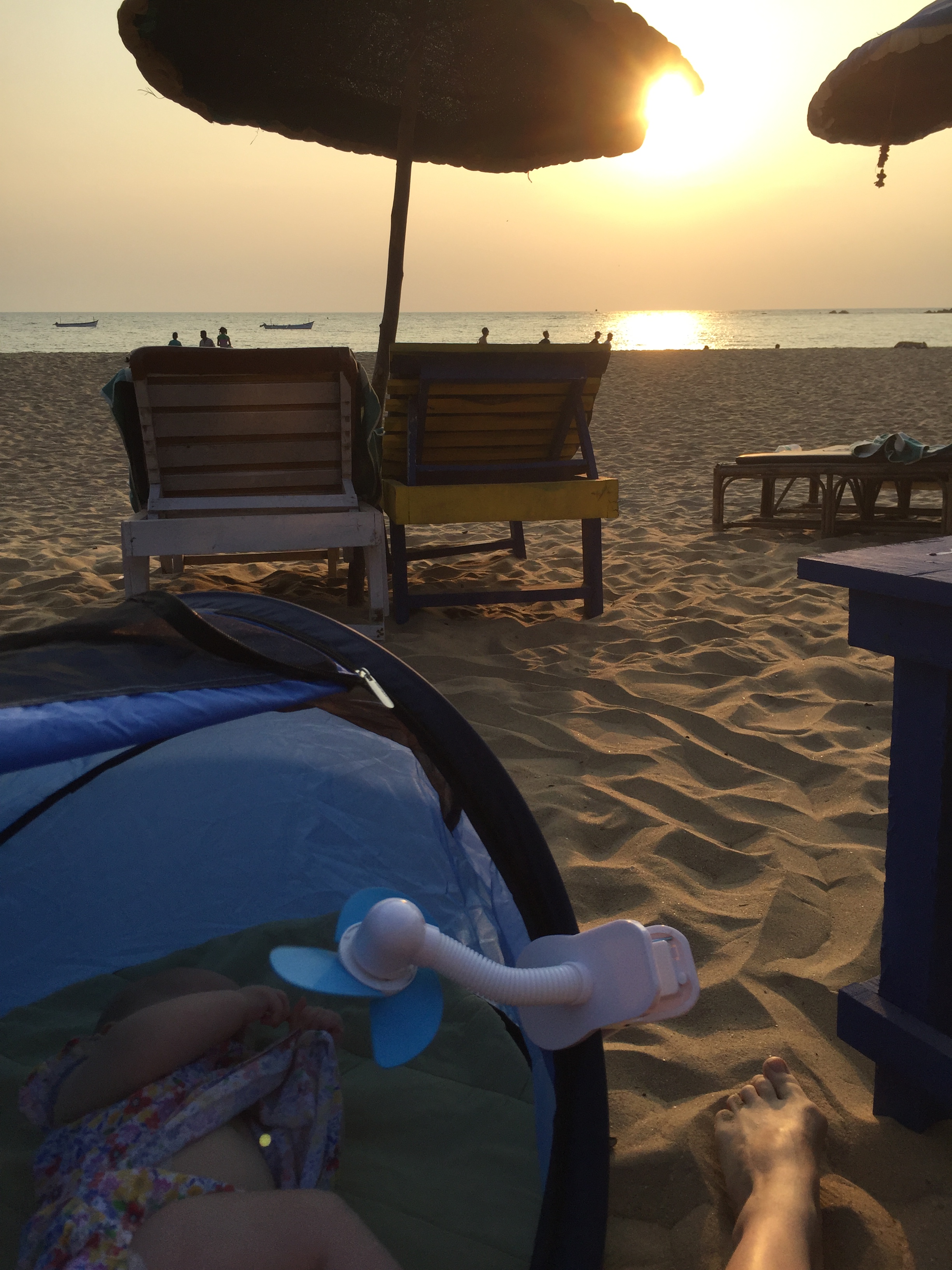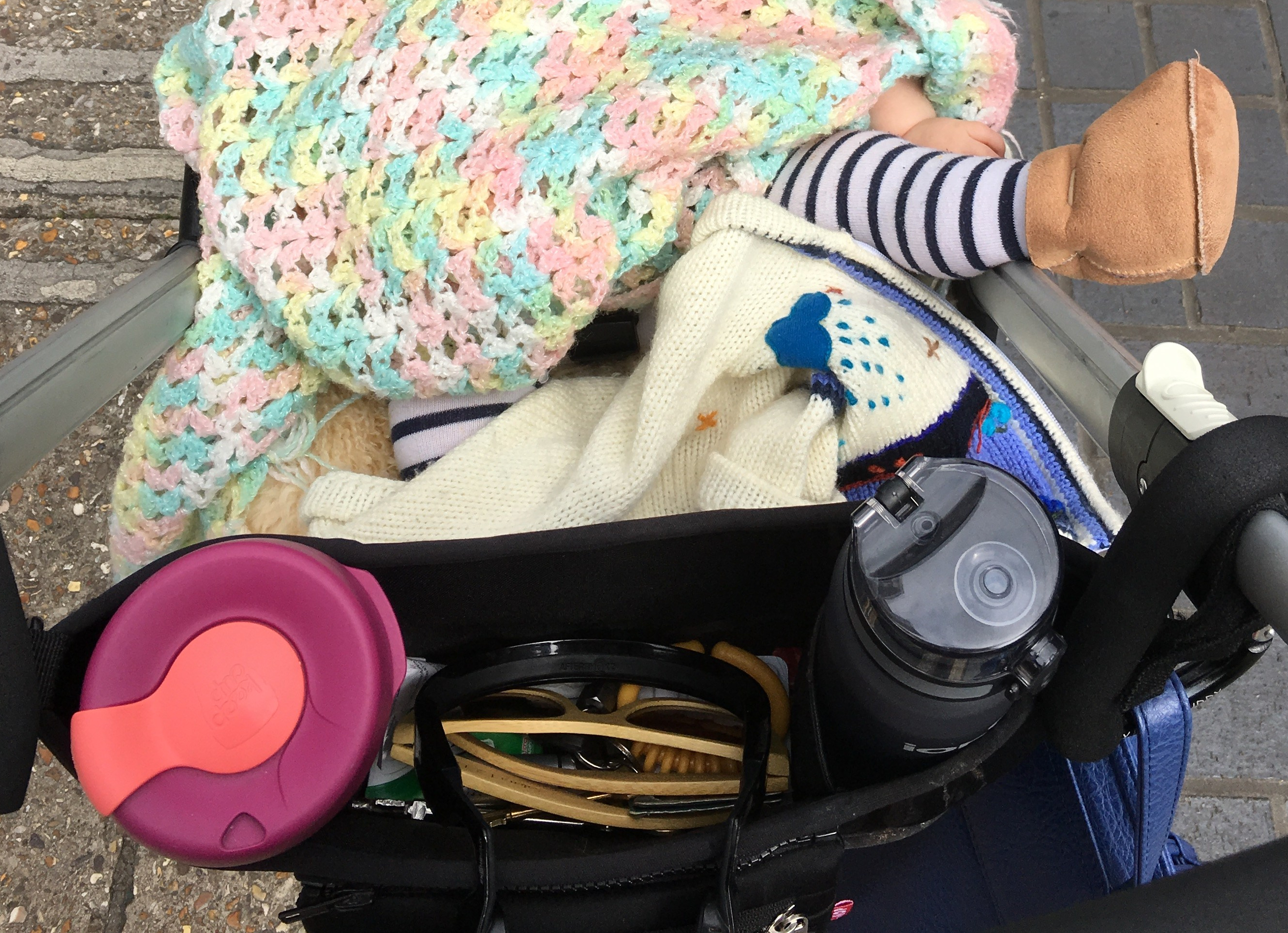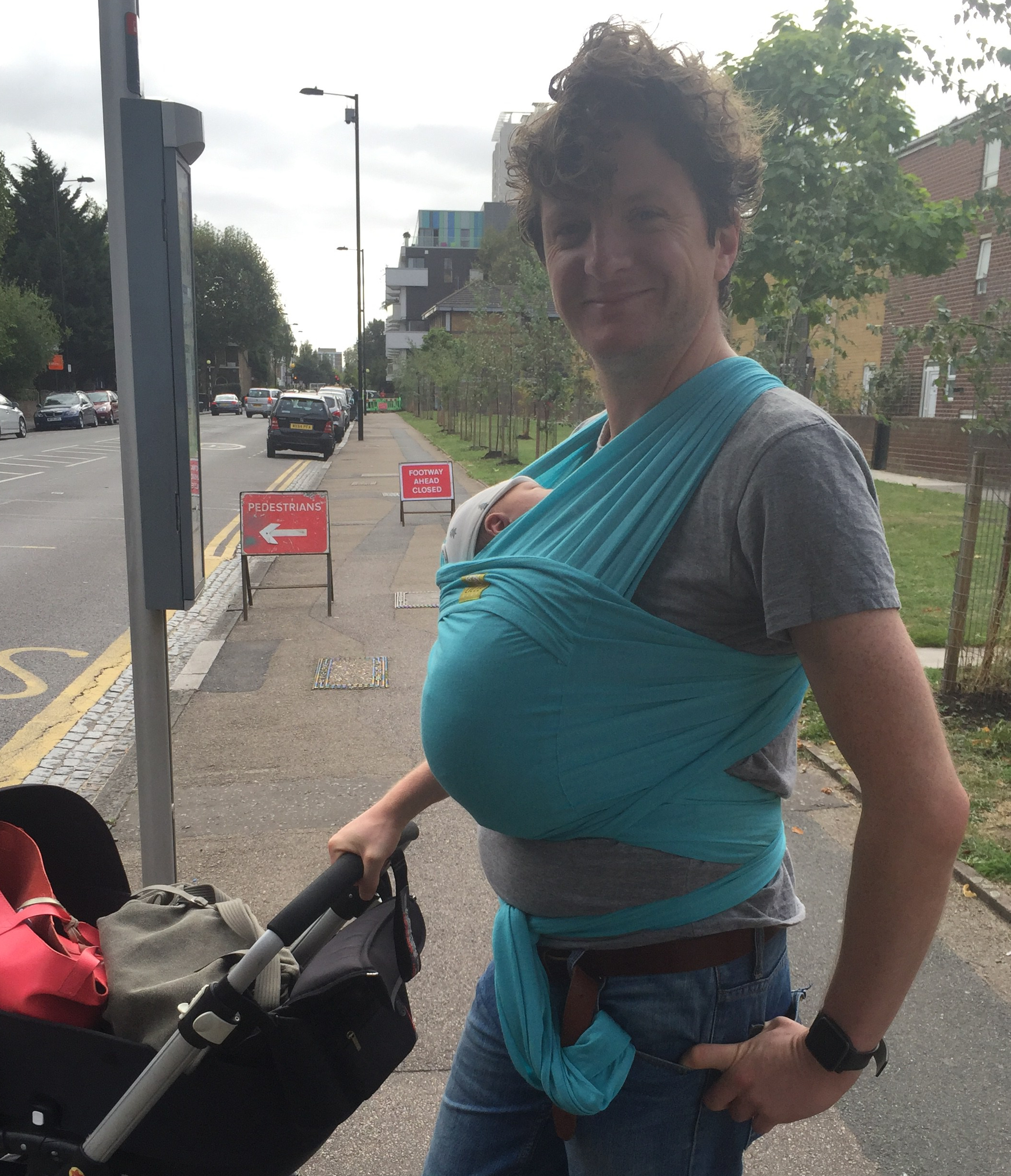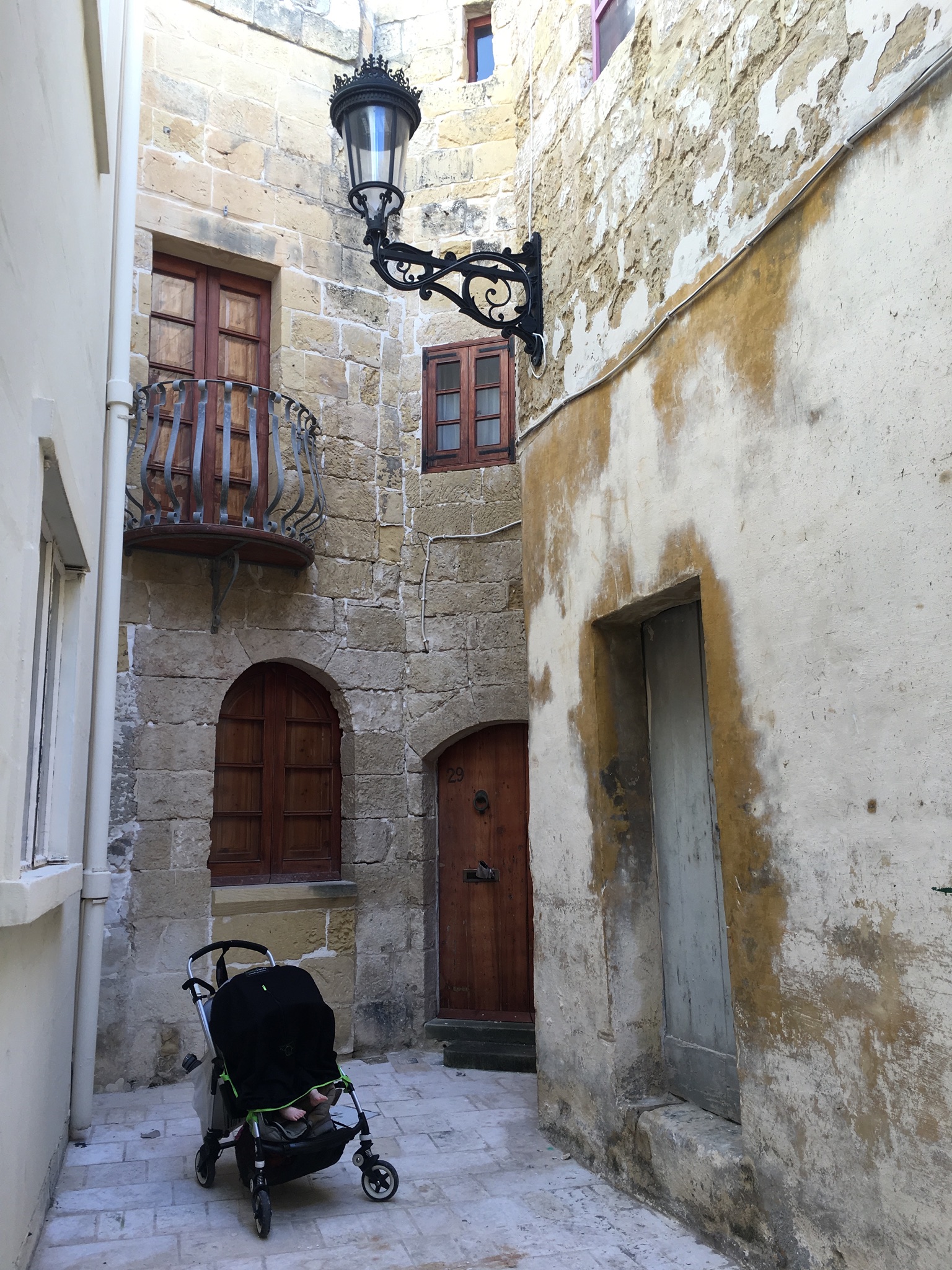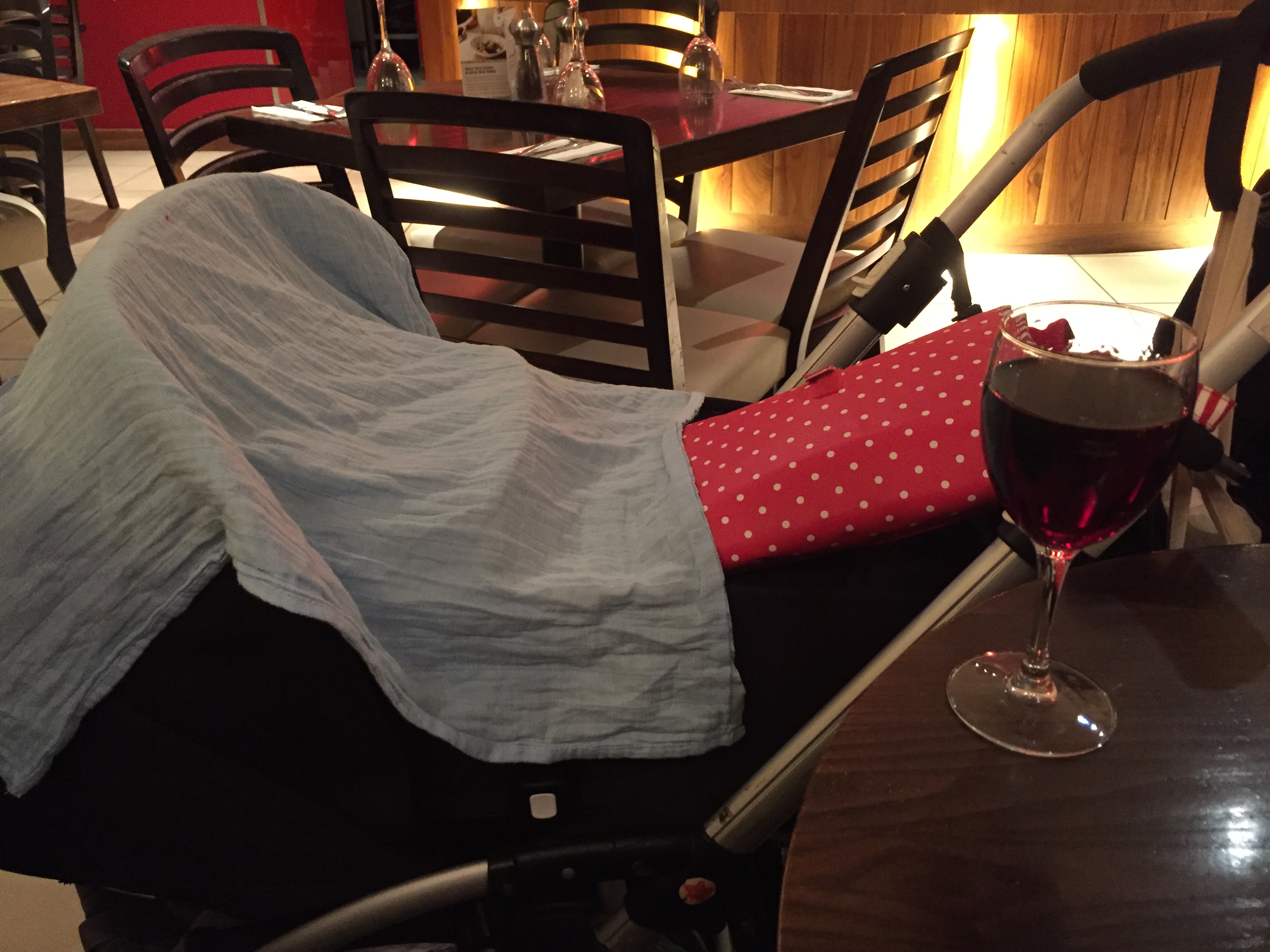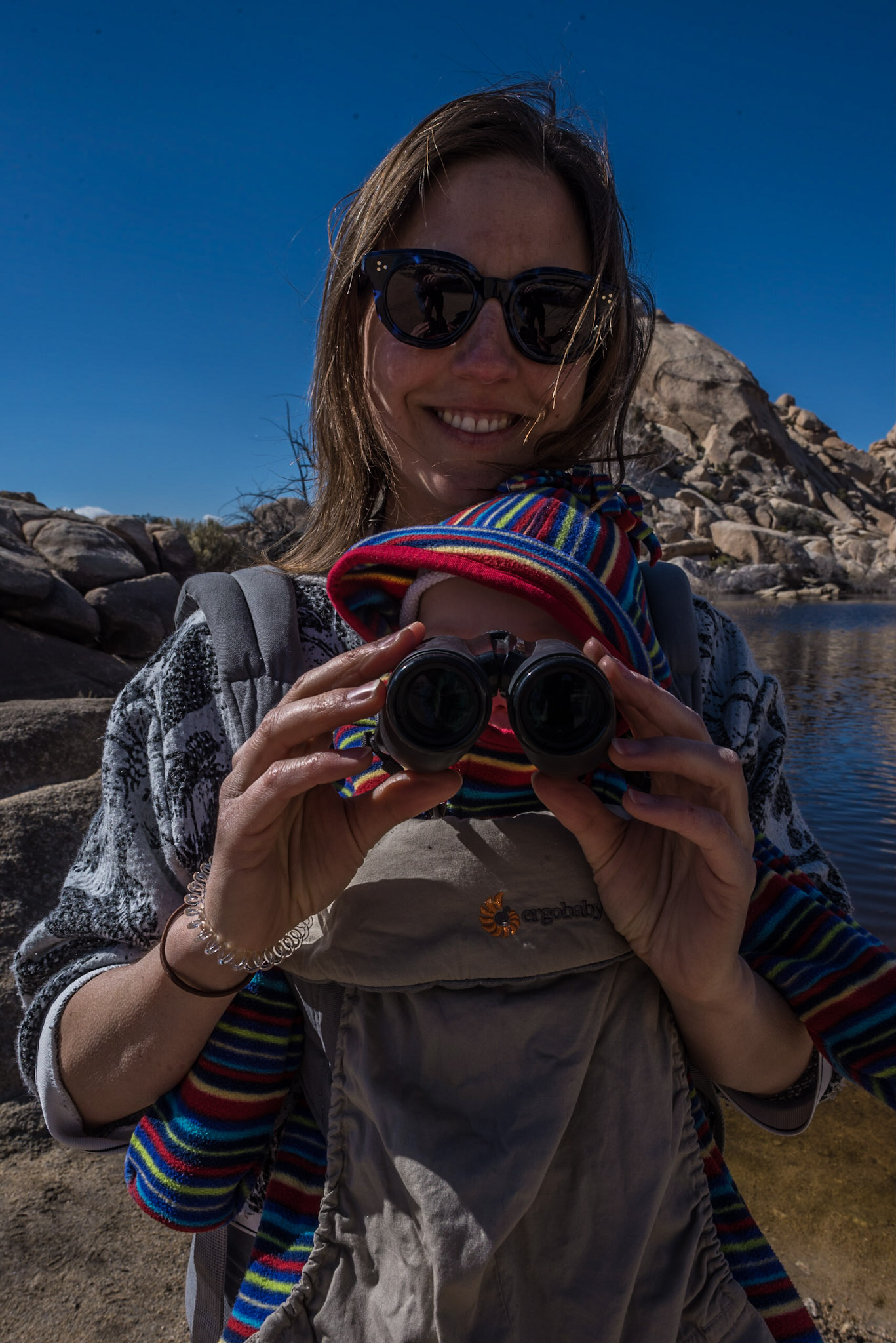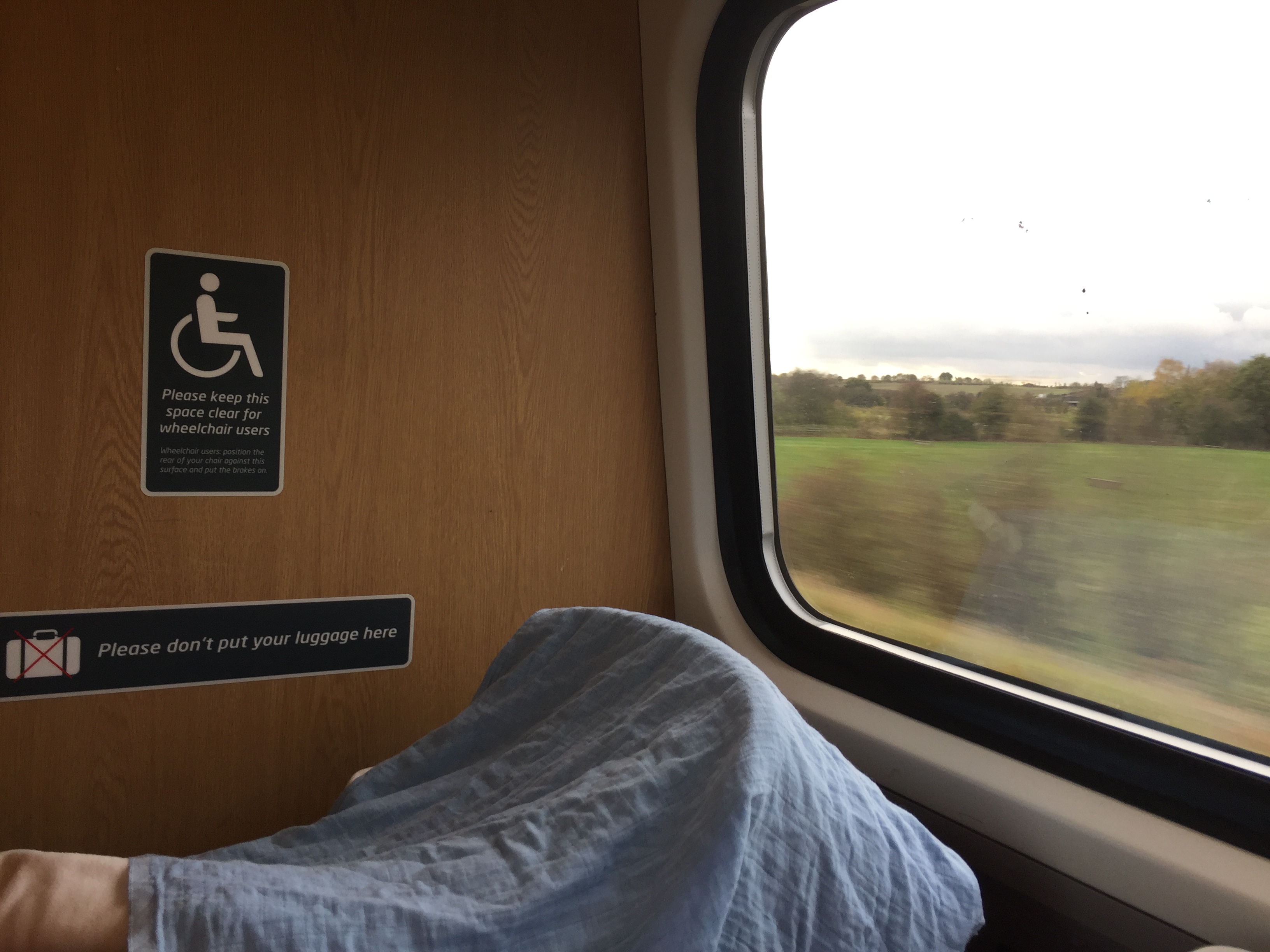There’s a temptation, once children come along, to abandon cultural holiday experiences like galleries, historic houses and cathedrals in favour of guaranteed child-friendly pursuits like beaches, waterparks or camping. I’m certainly not knocking that type of holiday (you can read my post on camping with babies and toddlers here, in fact) – I just want to make fellow parents aware that it’s not the only option available. When it comes to unweaned babies in particular, sightseeing with your offspring is not really very different from sightseeing child-free.
You don’t even need to be on holiday to enjoy these sorts of sightseeing excursions. Parental leave is a great opportunity to get to know your own back yard a bit better, whether that’s visiting a gallery for the first time, ticking a major tourist attraction off your list or exploring the sightseeing possibilities of a nearby city or town. There are only so many ‘rhyme time’ and baby swimming sessions you can go to in a week anyway, so why not mix it up by swapping into holiday mode and taking your offspring to see something new?
Timings: feeding, nappies and naps

Travelling at nap time (the baby girl has always been a good buggy sleeper, but I appreciate that not everyone is so lucky) increases the chance that your little one will be alert, cheery and interested in whatever you’re seeing when you get there. I try and give the baby girl lunch or a snack when we arrive (read my post on eating out with babies and toddlers), but before we start the experience proper, for the same reason. Eating and drinking isn’t allowed outside specific areas at a lot of attractions, so it makes sense to fuel up before you go in. This is less of a consideration for unweaned babies as you’ll usually be able to find somewhere to feed a small baby, whether you’re nursing or bottle-feeding.
Some attractions are excellently equipped with myriad baby change toilets, but many are not – at historic houses in particular the facilities are often in an out building far away, for example. Doing a pre-emptive nappy change on arrival means there’s one less thing to think about as you’re wandering around (though obviously a code brown situation could occur at any moment, particularly if your baby is very little).
A trip to a nearby playground or soft play place after you’ve finished your visit is an excellent way of letting your toddler blow off some steam. If I’m planning an excursion and it’s a toss up between two attractions, the proximity of a playground can be a useful deciding factor.
Whatever the age and mobility of the little one you’re sightseeing with, be less ambitious in your planning than you would be if you were child-free, and factor in lots of breaks. Lugging a baby around, even a newborn, is more tiring than sightseeing solo, and you’ll need to stop to feed her every couple of hours anyway. Going anywhere with a toddler takes forever – leave extra time for those moments when she won’t get back in the buggy, walks off mid-nappy change, loses a shoe, etc, etc, etc.
Essential kit
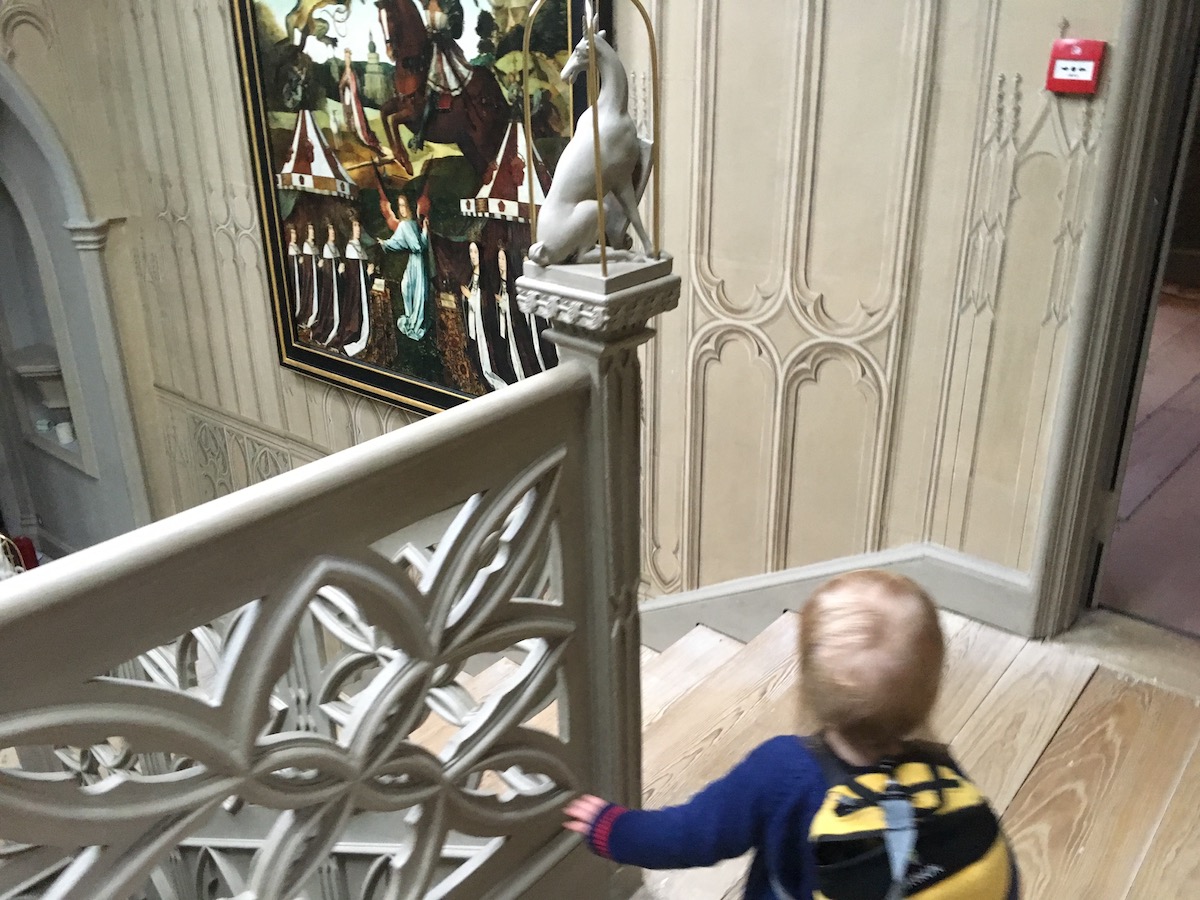
You’re likely to have a pram with you, so will need to factor that into your travel planning (see my blog post on public transport with a pushchair for tips). That said, you should be prepared to leave your buggy at the entrance of the attraction you’re visiting, as not all of them are accessible to pushchairs. It’s worth calling ahead to check the pushchair policy, and make sure you’ve got a sling with you just in case. (On a recent visit to Ham House and Garden in West London, where you have to leave your buggy at the door, I was pleasantly surprised to learn that they have a few slings available for parents to borrow – well played National Trust, well played.)
Don’t forget to transfer any essentials (bottles, muslins, nappy change wallet) from the pram into your bag so you’ve got everything you need with you. It’s better to take a little longer to get yourself sorted at arrival than have the faff of returning to the pram for something important later on.
I wasn’t sure about toddler reins in the past, but I’ve become a fan since the baby girl started walking. She has a little bee backpack with a sort of leash attached to it, which has come in very handy on recent visits to historic houses. It’s extremely rare that I would actually use the leash to halt her progress, but it’s comforting to know that I could if I needed to, particularly if there are stairs around. The baby girl doesn’t like holding my hand most of the time when we’re out and about (I’m pleased she’s so independent of course, but this does make me just a bit teensy bit sad, I must admit), but the backpack means I can keep her close.
Where to visit
Your options are almost limitless when it comes to sightseeing with a babe-in-arms, but there’s more to think about once your little one is crawling or walking. ‘Family-friendly’ attractions, often involving either animals or the great outdoors – I’m thinking aquariums, zoos, city farms and botanical gardens – will be almost guaranteed fun for your toddler and entertaining for you too. More ‘grown-up’ attractions need to be considered on a case-by-case basis. Here are a few tips based on my sightseeing adventures with the baby girl…
Museums and galleries
There’s no hard and fast rule about which museums and galleries will make you feel welcome when visiting with a toddler, but I’d usually go for a large institution over a small one. In general, the more rooms there are to explore the more likely you are to be able to find somewhere for your child to run around/have a bit of a shout and not disturb other visitors. Smaller institutions also tend to be more tightly packed with exhibits, always a bit of a worry if your child has trouble with the notion of ‘look but don’t touch’. I’ve covered visiting museums and galleries elsewhere on the blog – you can read that post here.
Places of worship

Churches and other places of worships are always welcoming in my experience. You wouldn’t necessarily think that a church would hold much interest for a toddler but the combination of lots of space – including high ceilings, which little ones often find pretty impressive – and unusual acoustics make them a surprisingly diverting outing.
Historic houses
Historic houses can be great but make sure you do some research ahead of time so you don’t end up at a stately home full of priceless antiques – paranoia about your toddler breaking something doesn’t make for a relaxing experience. What you’re looking for is the type of historic house that’s all about the architecture, gardens, etc, rather than a treasured furniture collection. (We had a great time at Strawberry Hill House and Garden – I pretty much let the baby girl run around at will because the rooms were mainly empty and it wasn’t busy on the day of our visit.)
Another good rule of thumb is to go for a historic house that runs events for young children. Even if there’s nothing suitable for toddlers specifically, the fact that the team there will be used to having kids around is a good indicator that you’ll be made welcome.
A fun activity to do with toddlers at historic houses (this works for galleries and museums too) is to hunt for animals in paintings, tapestries or stained-glass windows. When it comes to your own enjoyment of the place you’re visiting, forget the idea of reading any of the information boards or a guide book if you’re there with a toddler – your attention will be too divided for such demanding intellectual pursuits. That doesn’t mean you can’t have an informed experience however – I’ve found myself chatting to volunteers at historic houses much more than I ever used to, apologising in advance for the moment when I’ll inevitably have to rudely dash out of the room after the baby girl mid-conversation.

 I try to pack light for adventures with the baby girl, but I rarely succeed. Which is where buggy clips come in. I keep the pram rain cover, a
I try to pack light for adventures with the baby girl, but I rarely succeed. Which is where buggy clips come in. I keep the pram rain cover, a 